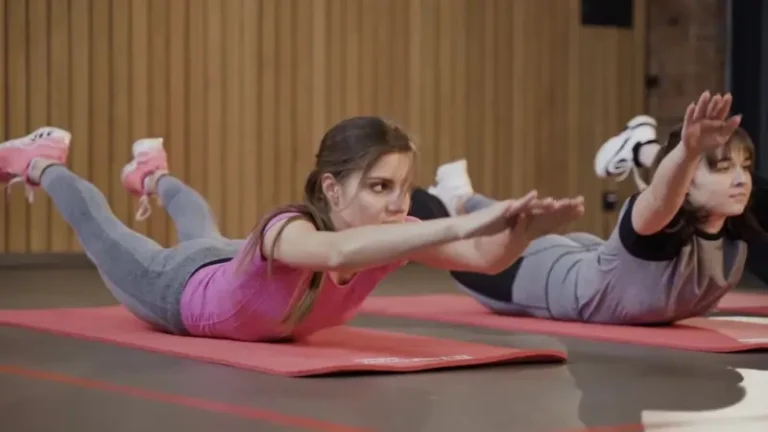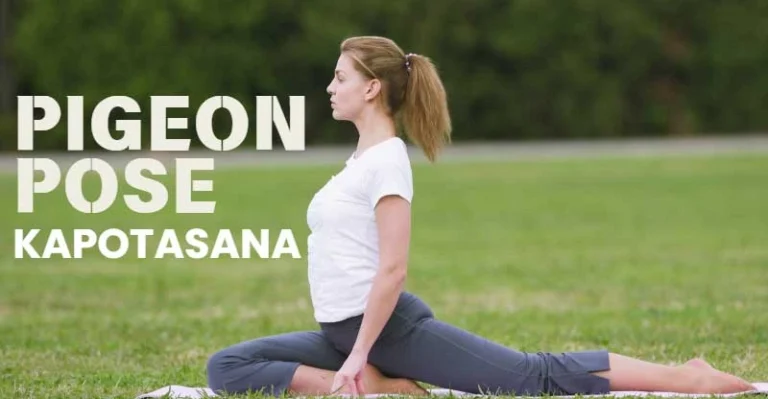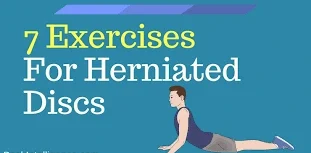Superman Exercise
People of all fitness levels can benefit from the Superman exercise, which targets the hamstrings, glutes, and lower back. It also works well with other core exercises that heavily emphasize the abs. What Is the Superman Exercise? The Superman exercise, which is also called the “Superman hold,” works the back and core muscles by keeping your…










